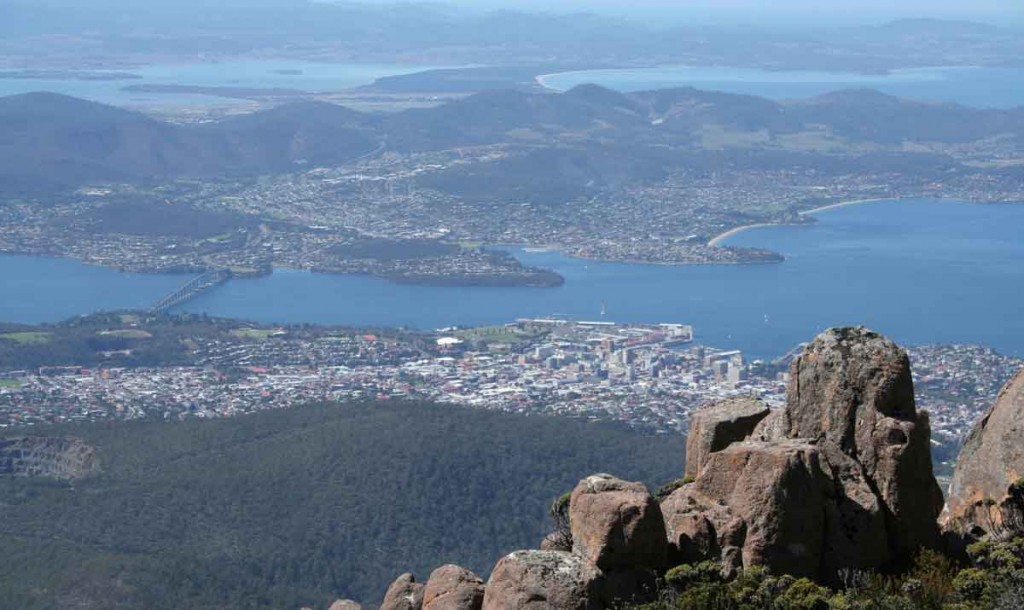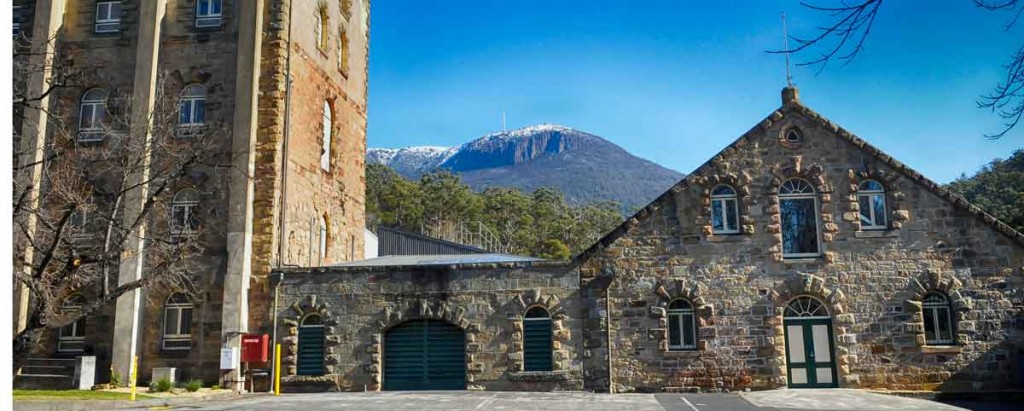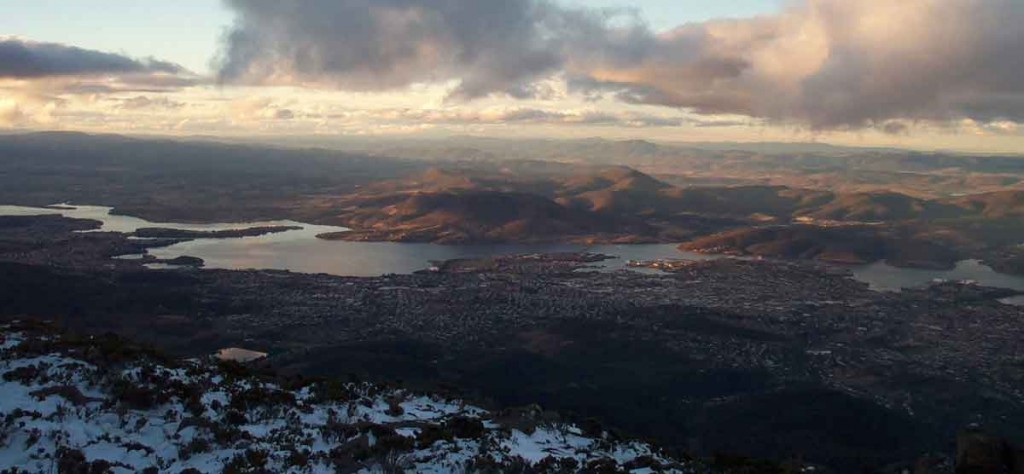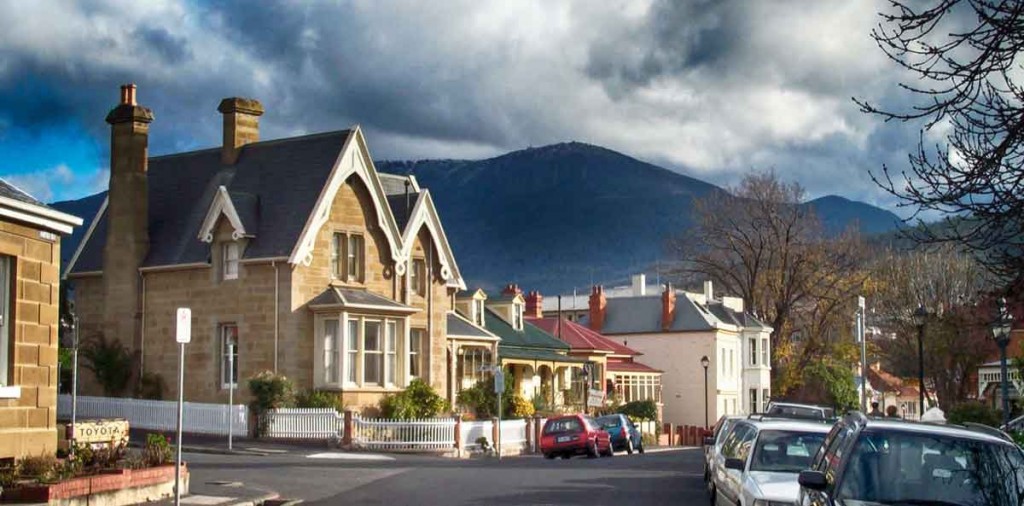
MT WELLINGTON, HOBART’S SPECTACULAR BACKDROP
If you’re looking for spectacular views of the Greater Hobart area, there’s no better place to go than the top of Mount Wellington, the large mountain just to the west of the city. Rising to 1,271 m, on a clear day you can almost see forever from here. Even Charles Darwin marvelled at the view, which he described in The Voyage of the Beagle.
Many people think that Mount Wellington is a dormant volcano but it was actually formed millions of years ago when layers of rock were pushed upwards. The original inhabitants of Tasmania had several names for the mountain. However, the one that stuck was Kunanyi.


HOBART FROM MT WELLINGTON
Mount Wellington falls within Wellington Park, a nature reserve that covers 18,250 ha. The park offers a variety of activities, from hiking trails to mountain-bike tracks. Hobartians walk their dogs here too and daredevils who have no fear of heights head to the Organ Pipes, vertical dolerite structures that simply beg to be climbed if you have the right gear and experience.
If you’d rather admire the Organ Pipes from afar than get up close and personal, take a walk from The Springs to Sphinx Rock. Along the way, you may want to catch your breath at Rocky Whelan’s Cave. Rocky Whelan was a notorious bushranger who used to hide out here before he was arrested and hanged for murder.

MT WELLINGTON FROM CASCADE BREWERY
The park boasts more than 500 species of native Tasmanian flora and an astonishing variety of animal life. Among the critters you can see here are pademelons, possums, bandicoots, platypus and echidnas, blue-tongued lizards, wedge-tailed eagles, swift parrots and all three snake species found in the state. There are gorgeous waterfalls and sparkling streams too.
The easiest way to get to the top and to enjoy the best views is to drive up. Pinnacle Drive was built in the 1930s and offers the only vehicle access to the summit of Mount Wellington. At the top you’ll find the Pinnacle Observation Shelter, where binoculars are available for a closer look.

HOBART’S NORTHERN SUBURBS FROM MT WELLINGTON
Pinnacle Drive is also known as the C616. To get here, drive through South Hobart to Fern Tree, where you’ll find the turn-off just outside of town. It’s about 21 km to the top of Mount Wellington, along a winding road that takes you through temperate rainforests and then through sub-alpine landscapes until you get to the boulder-strewn summit. Up here, snow is common in winter but there may be snowfalls even in summer.
When you decide to drive along Pinnacle Drive to the top of Mount Wellington, check with Wellington Park or the Hobart City Council first because the road is sometimes closed due to snow, fog, fire or other hazardous conditions. You’ll also want to take something warm to wear, even if it’s sunny in Hobart itself, because the temperature at the top is usually at least 8 degrees lower than down in the city. In fact, it’s a good idea to layer your clothes and take lots of sunscreen too, since all the variety that Mount Wellington has to offer also includes four seasons in one day.

MT WELLINGTON FROM BATTERY POINT
